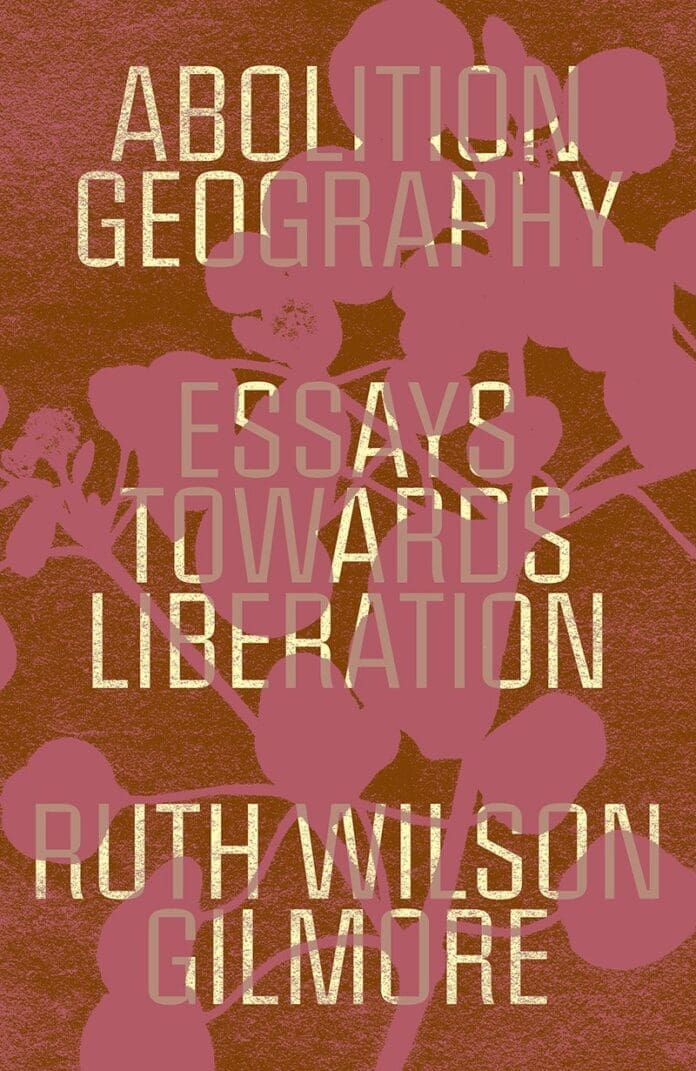By Andreas PetrossiantsIn June 2020, tens of millions of individuals internationally took to the streets to protest the continuing homicide of individuals of shade by the hands of police.The motion, led by Black youth and supported by a variety of demonstrators, emanated from a revolt in Minneapolis after police murdered George Floyd. This rebellion introduced the phrase “abolition” into mainstream discourse, and made it potential for extra folks to contemplate a world with out police, prisons and state violence. There was a palpable sense that folks had been questioning what abolitionist geographer Ruth Wilson Gilmore calls the “manufacturing and exploitation of group-differentiated vulnerability to untimely loss of life” – in different phrases, racism.For over three many years, Gilmore’s work has been essential to the research of policing and jail abolition; her traditional work, Golden Gulag, charts how the variety of folks imprisoned within the U.S. elevated by greater than 450% between 1980 and 2007. Her latest anthology, Abolition Geography: Essays In direction of Liberation, contains Gilmore’s essays on policing, capitalism and organizing and are extra important than ever two years after the biggest avenue mobilization in many years. Expertly assembled by students Brenna Bhandar and Alberto Toscano, the anthology reproduces Gilmore’s essays chronologically from 1991 to 2018.Within the first part, Gilmore appears to be like at how intellectuals and students relate to abolitionist actions, revisiting Audre Lorde’s well-known query: If “the grasp’s instruments won’t ever dismantle the grasp’s home,” then who will? In her reply, she pushes lecturers and different information staff to not solely speak the speak, however to take motion. Within the following part, “Race and Globalization,” she explores how “by jail growth and jail export, each U.S. and non-U.S. racist practices can turn out to be figuring out forces in locations nominally ‘free’ of white supremacy.” To do that, she appears to be like at how the arrival of NGOs and worldwide treaties that unfold U.S.-style policing and prisons has buttressed the growth of mass incarceration. Gilmore then addresses the racialized state in addition to the “anti-state state,” a time period that describes the outsourcing of conventional state capabilities, like well being care and housing, to non-public pursuits. Promoted by leaders like Reagan and Thatcher, and each liberals and conservatives since, the purpose of the “anti-state state” is to feign “small authorities” whereas really beefing up the capability to hold out violence, from wars overseas to incarceration at house. Right here, Gilmore maps the terrain of prisons and jails and charts how racism, colonialism and neoliberal capitalism have conspired to place tens of millions of individuals behind bars, whether or not for personal revenue, racialized capitalist self-discipline, or as a “jail repair” for land or labor issues.Lastly, she underlines the work of abolitionists and anti-carceral organizations like Moms Reclaiming Our Kids, which since 1992 has supported folks of shade arrested on false or exaggerated prices. Taking a look at their organizing, she concludes that activists should broaden their pondering, and “transfer past place-based identities towards identification throughout house, from not-in-my-backyard to not-in-anyone’s-backyard.” If “abolition is a motion to finish systemic violence, together with the interpersonal vulnerabilities and displacements that maintain the system going,” Gilmore writes, then “the purpose is to vary how we work together with one another and the planet by placing folks earlier than earnings, welfare earlier than warfare, and life over loss of life.”As politicians use summer time 2020 to strengthen a law-and-order agenda, as activist teams in Atlanta battle the development of a 300-acre police coaching facility, and as President Biden argues, once more, that police reform requires giving departments much more federal funding, Gilmore’s name to vary is particularly essential. The one method to escape the cycles of police violence, protest and retrenchment shall be to collectively construct fashionable, abolitionist frameworks for relating to one another. Gilmore’s work helps us transfer towards that purpose.
